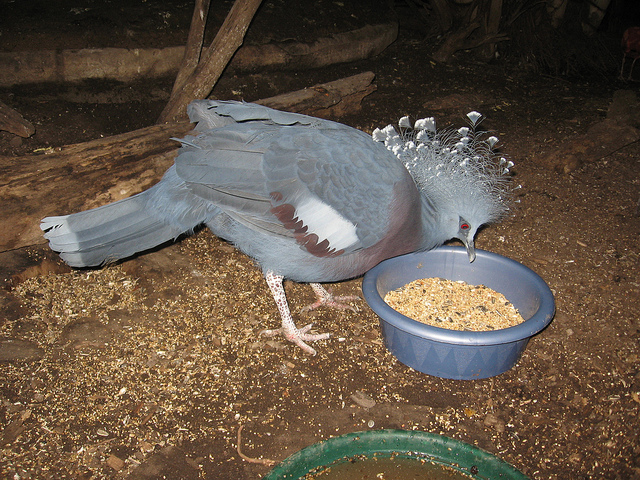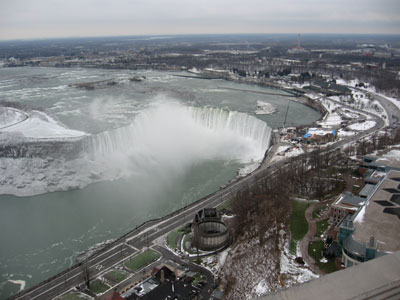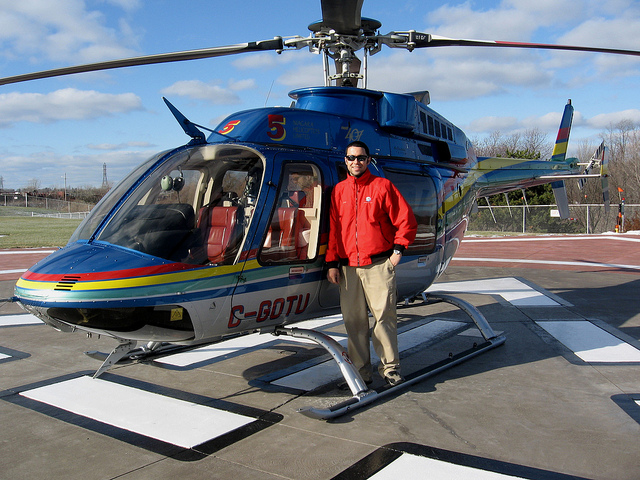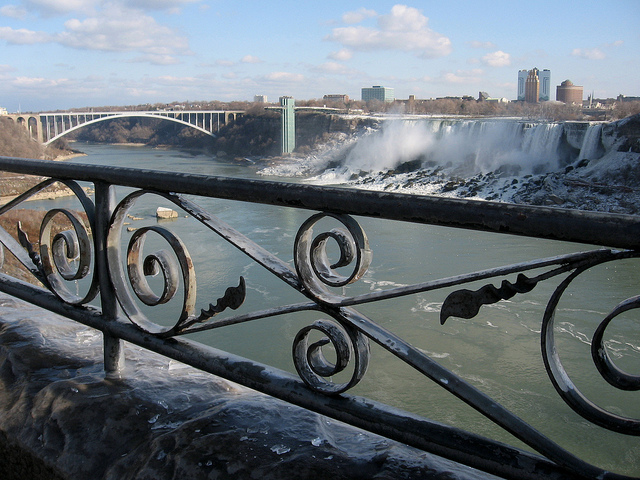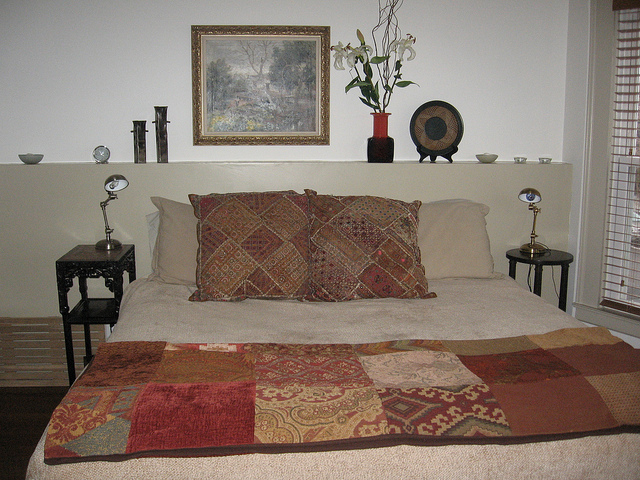The darkness of the nocturnal area opened up into the large bright expanse of the Main Aviary which impresses with its 35 foot tall palm trees and a 40 foot waterfall. This space is the world’s largest free flying aviary. The architectural jewel of this area is the Java House, an authentic hand carved teak nobleman’s house from the Island of Java that is 125 years old. The intricately carved details of this unique structure captured my attention and I took a bit of time to relax in this inviting space. Coffees, teas and iced drinks are on offer inside the Java House and invite visitors to sit down for a while.

Intricately carved details of the Java House
Outside again I admired some of the large and colourful birds that live in the Main Aviary. More than 35 species are represented here, and one of the most eye-catching is the intensely red coloured Scarlet Ibis, a resident of tropical South America and incidentally the national bird of Trinidad and Tobago. The Scarlet Ibis only turns red from its original grey/white colouration once it ingests red crabs in tropical swamps.

A Scarlet Ibis
Curious Blue and Gold Macaws peaked down at me from their high perches and a large Pied Imperial Pigeon, indigenous to the Indian Ocean and Australia, was just starting to feed and slowly walked around the ground, picking up kernels. I also spotted a Red-billed Toucan, normally a resident of Central and South America and one of the most colourful specimens of the aviary.

Pied Imperial Pigeon
On my way out of the Bird Kingdom I briefly stopped off at the Macaw Market, a shopping area on the main floor that offers all sorts of bird-related collectables. A visit to Niagara Fall’s Bird Kingdom was a great way of warming up in a tropical environment, surrounded by exotic feathered creatures and a jungle-like environment.

A mischevious Blue and Gold Macaw
